Equipment
Don’t do this to your clubs at home! (Part 2)

At GolfWRX it has always been our goal to help inform, educate, and empower golfers to learn more about their equipment, and in many cases, help them take ownership of the process to work on their own clubs. With just a few basic tools, it’s quite easy to do things like regrip, re-epoxy, or change paintfill, but there are still a lot of jobs that should be left to professionals with the proper tools—for both safety and for the sake of your gear.
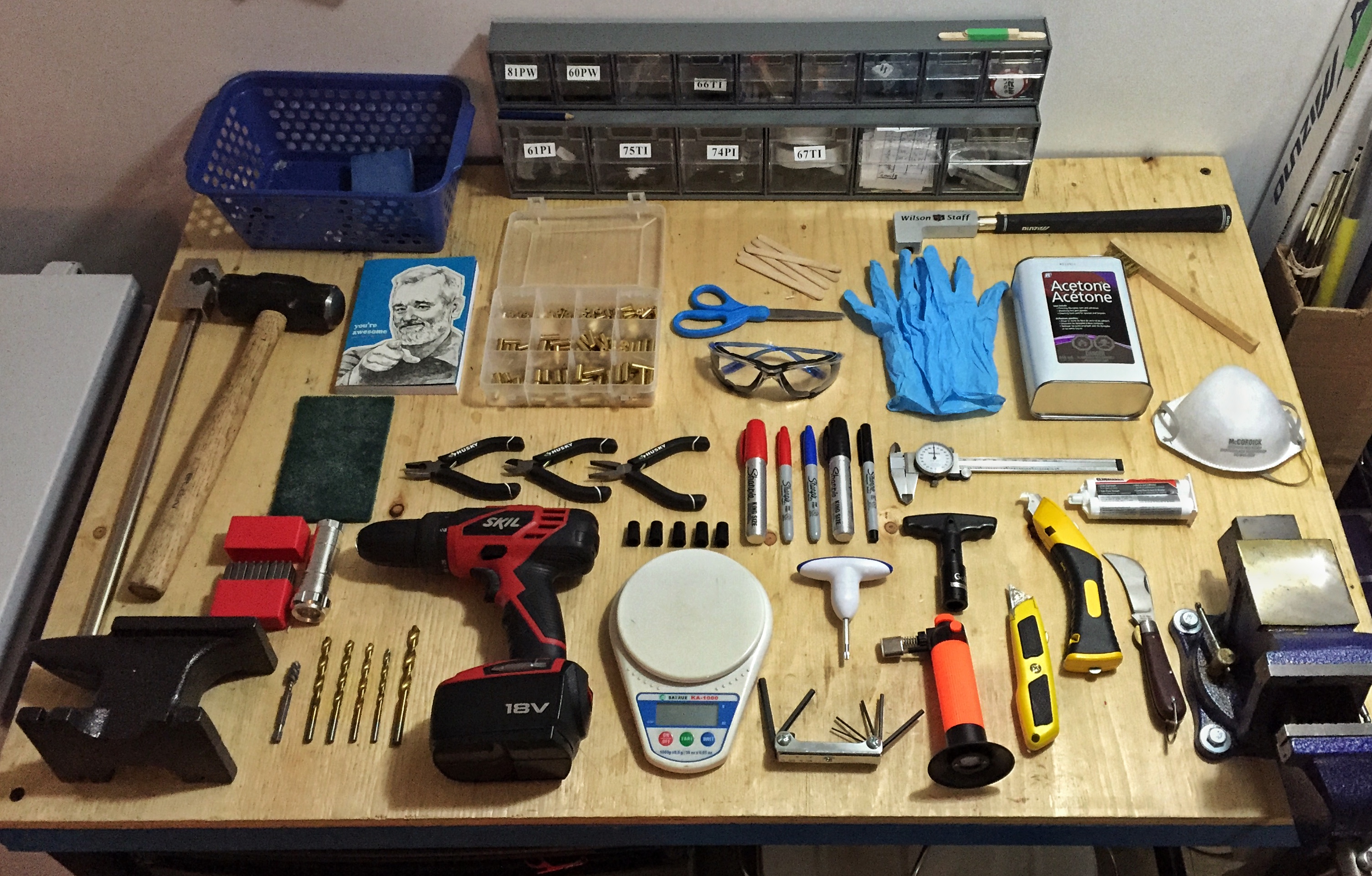
As we covered in part one of this series, there are some ways to customize the finish of your clubs at home, but you should leave stripping chrome up to the professionals. I know it may seem obvious, but based on the number of questions I get on a weekly basis about how to potentially strip chrome plating, I believe it was a great introductory topic.
For part two, we’re going to get into something a little less complicated but still important.
Don’t pull a graphite shaft without the proper tools!
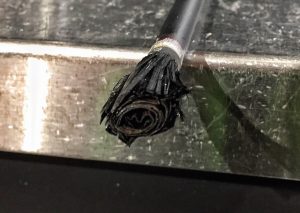
Graphite shaft technology has never been better, and that includes the materials and processes used to manufacture them. Although driver shafts can handle a lot of forces from the golf swing and the impact of the ball, the one thing they can’t handle is too much heat and twisting. Steel shafts, on the other hand, can take the heat and twisting, which is why they are the best place to start for beginner club builders, since all you need to pull a club head is a vice, rubber clamp, and torch.
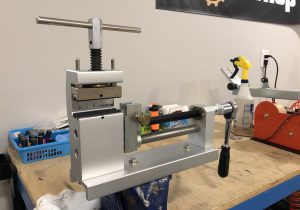
If you are going to work on graphite-shafted clubs, the most important tool that any hobbyist club builder should have or have access to is a high-quality shaft puller. It’s a necessary tool for anyone who wants to do repairs and helps prevent damage to a shaft while pulling it.
Why a shaft puller is important
A shaft puller only applies linear pressure down the shaft towards the hosel of the club. The more linear pressure that can be applied to the clubhead, the less heat needs to be used to break down the epoxy. When done properly both the shaft and the head are reusable in the future.
And by the way, if you want to know how to pull a graphite shaft, check out my video below.
- LIKE108
- LEGIT13
- WOW0
- LOL4
- IDHT0
- FLOP2
- OB0
- SHANK11
Whats in the Bag
Steve Stricker WITB 2024 (April)
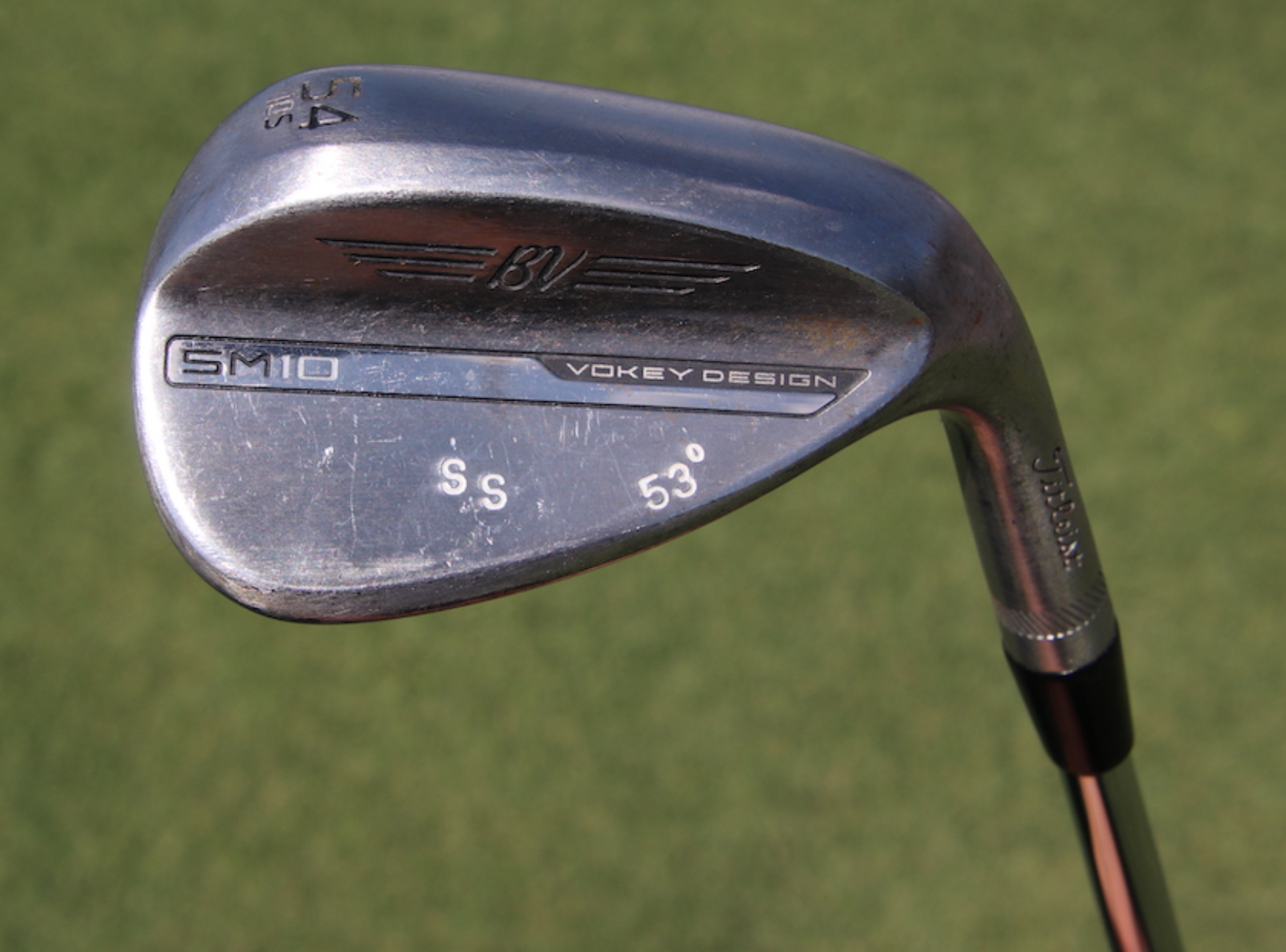
- Steve Stricker WITB accurate as of the Zurich Classic. More photos from the event here.
Driver: Titleist TSR3 (9 degrees, C4 SureFit setting)
Shaft: Fujikura Motore Speeder VC 7.2 X
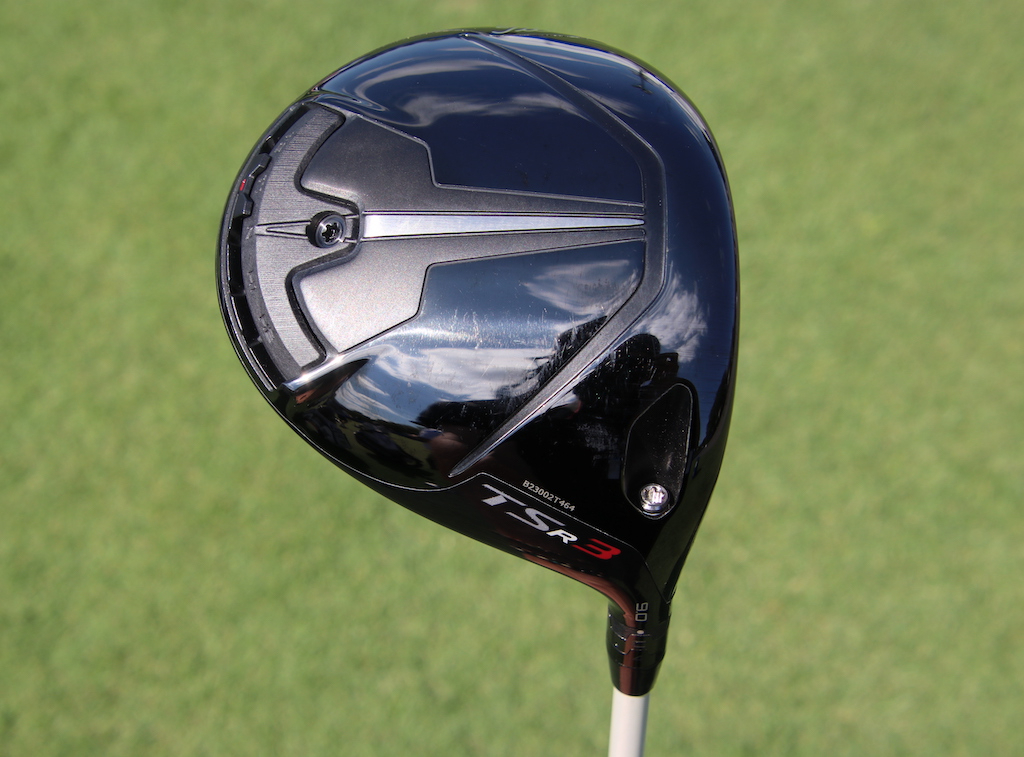

3-wood: Titleist 915F (13.5 degrees)
Shaft: Mitsubishi Tensei CK Pro White 80 TX
Hybrid: Titleist 816 H1 (17 degrees)
Shaft: Fujikura Motore Speeder VC 9.2 X
Irons: Titleist T200 (3, 4), Titleist T100 (5-9)
Shafts: Project X 6.5
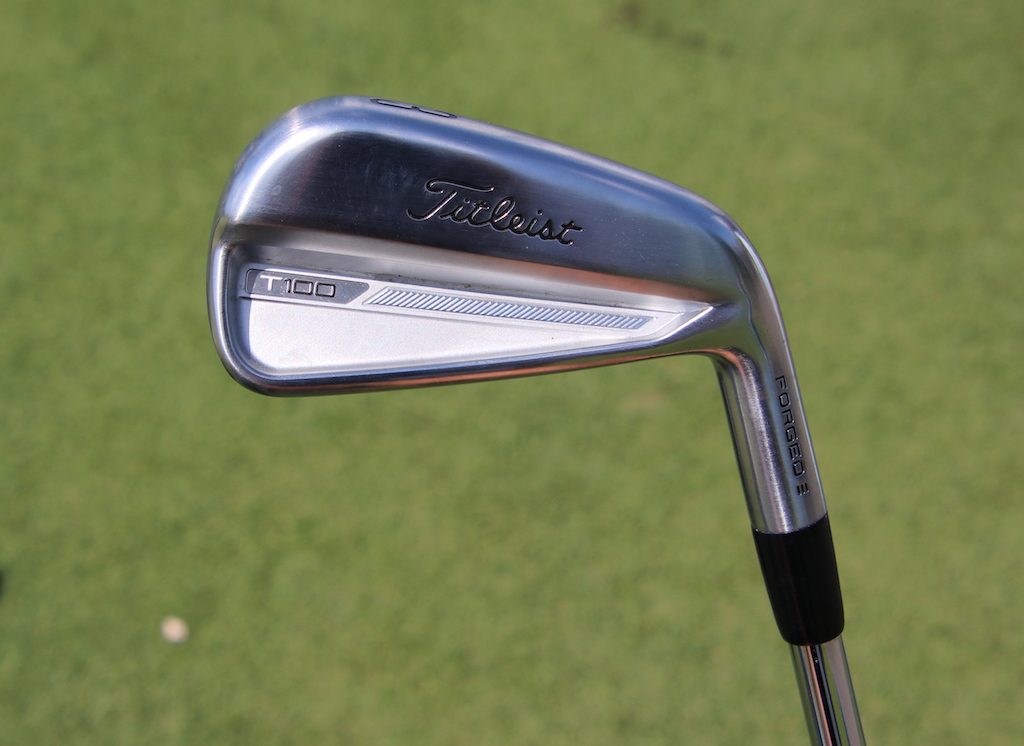
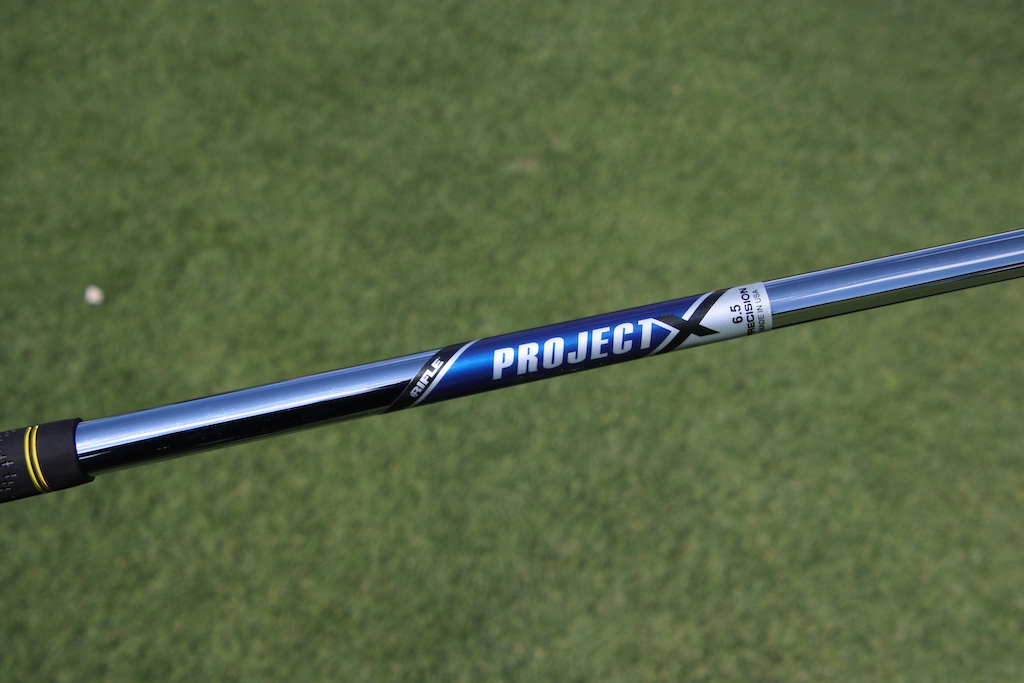
Wedges: Titleist Vokey SM8 (46-10F @55), Titleist Vokey SM10 (54-10S @53), Titleist Vokey SM4 (60 @59)
Shafts: True Temper Dynamic Gold X100 w/Sensicore
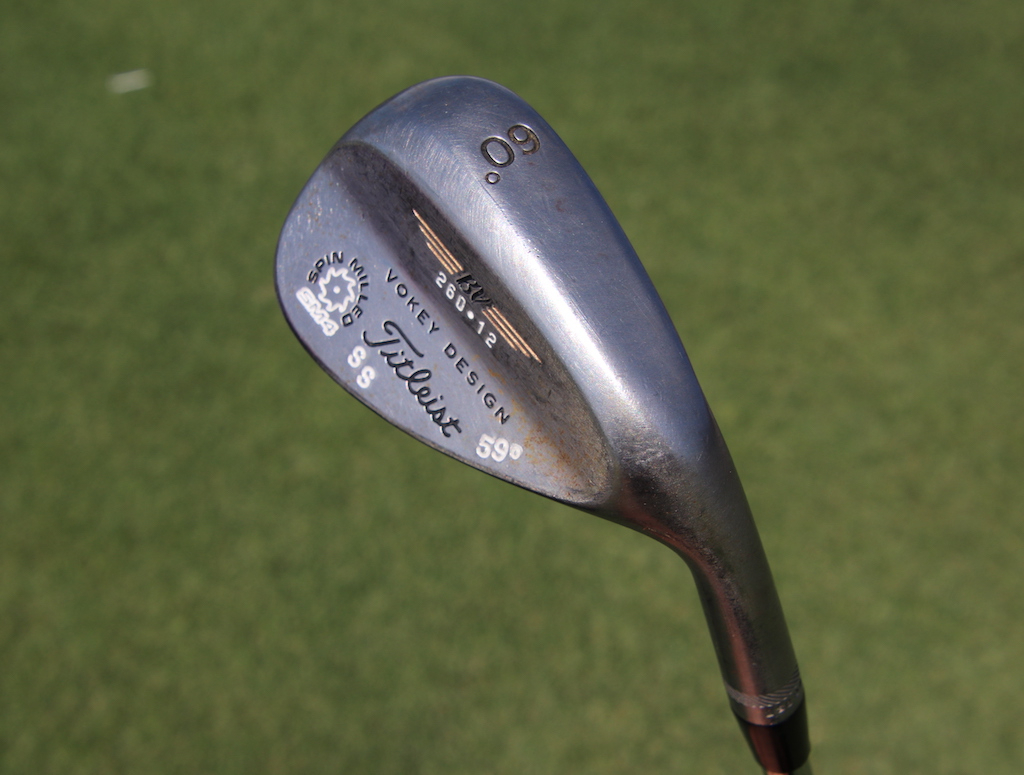
Putter: Odyssey White Hot No. 2
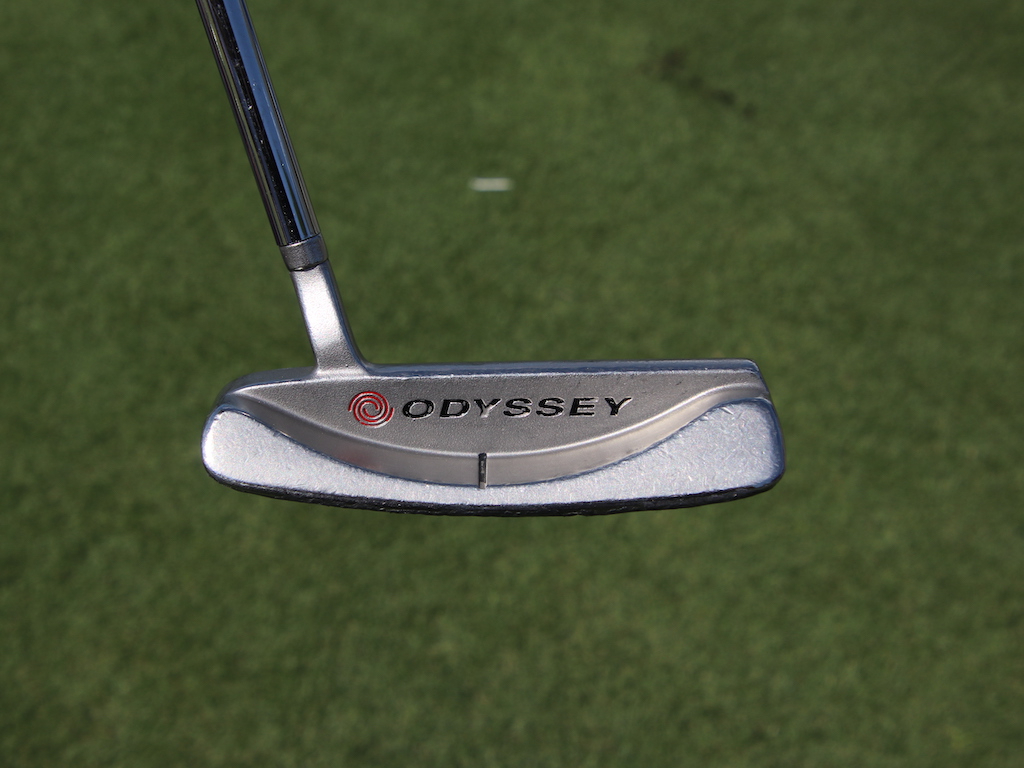
Ball: Titleist Pro V1x
Grips: Golf Pride Tour Velvet Grip Rite
Check out more in-hand photos of Steve Stricker’s clubs here.
- LIKE3
- LEGIT0
- WOW0
- LOL0
- IDHT1
- FLOP0
- OB0
- SHANK0
Whats in the Bag
Alex Fitzpatrick WITB 2024 (April)
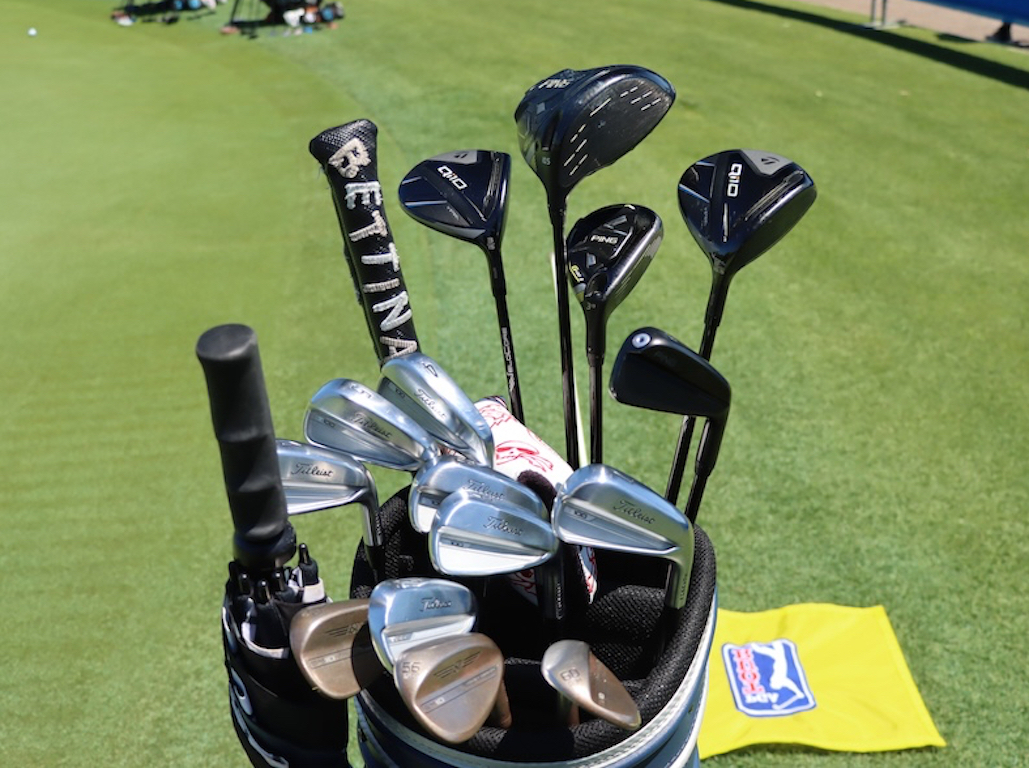
- Alex Fitzpatrick what’s in the bag accurate as of the Zurich Classic.
Driver: Ping G430 LST (10.5 degrees)
Shaft: Fujikura Ventus Black 6 X
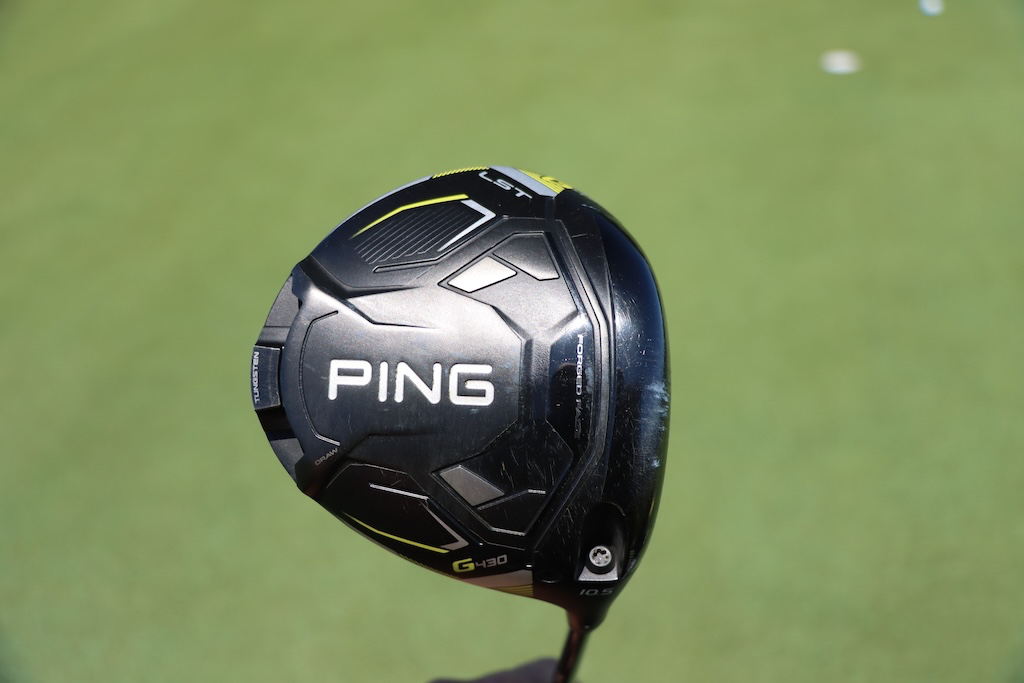
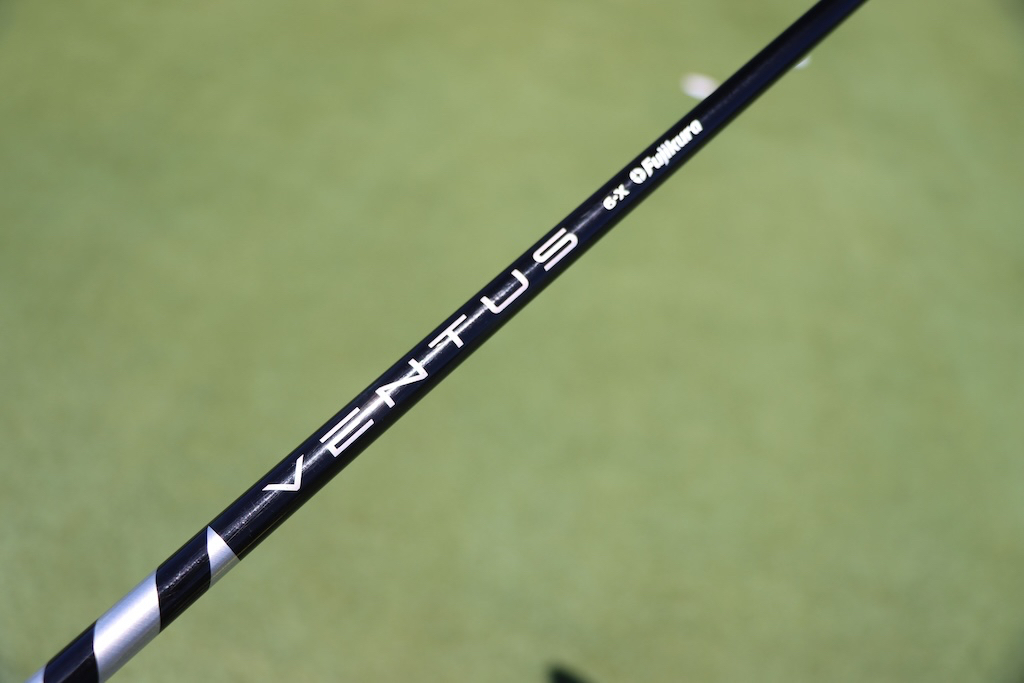
3-wood: TaylorMade Qi10 (15 degrees)
Shaft: Fujikura Ventus TR Black 7 X
Hybrid: Ping G430 (19 degrees)
Shaft: Fujikura Ventus Black HB 10 TX
Irons: Ping iCrossover (2), Titleist T100 (4-PW)
Shafts: Fujikura Ventus Black HB 9 TX (2), Nippon N.S. Pro Modus 3 Tour 120 X (4-9)
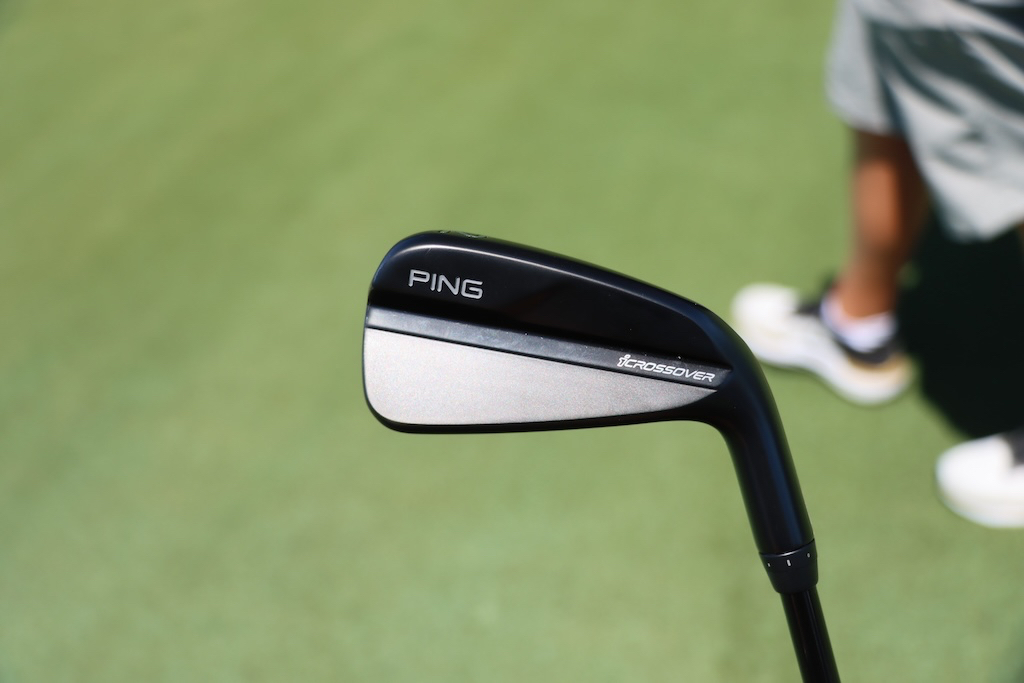
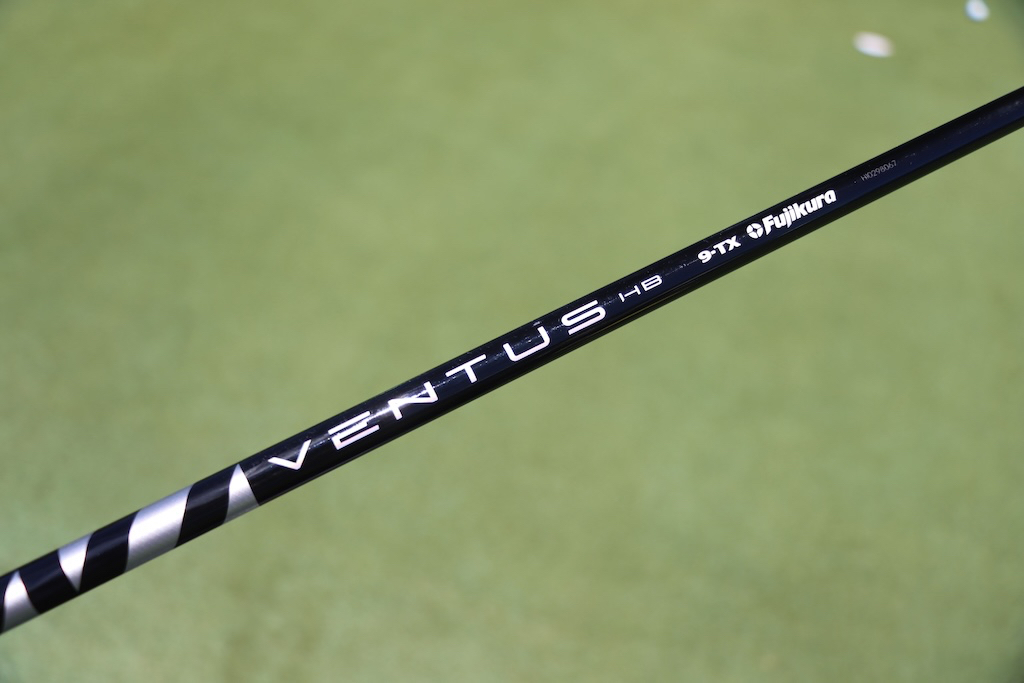
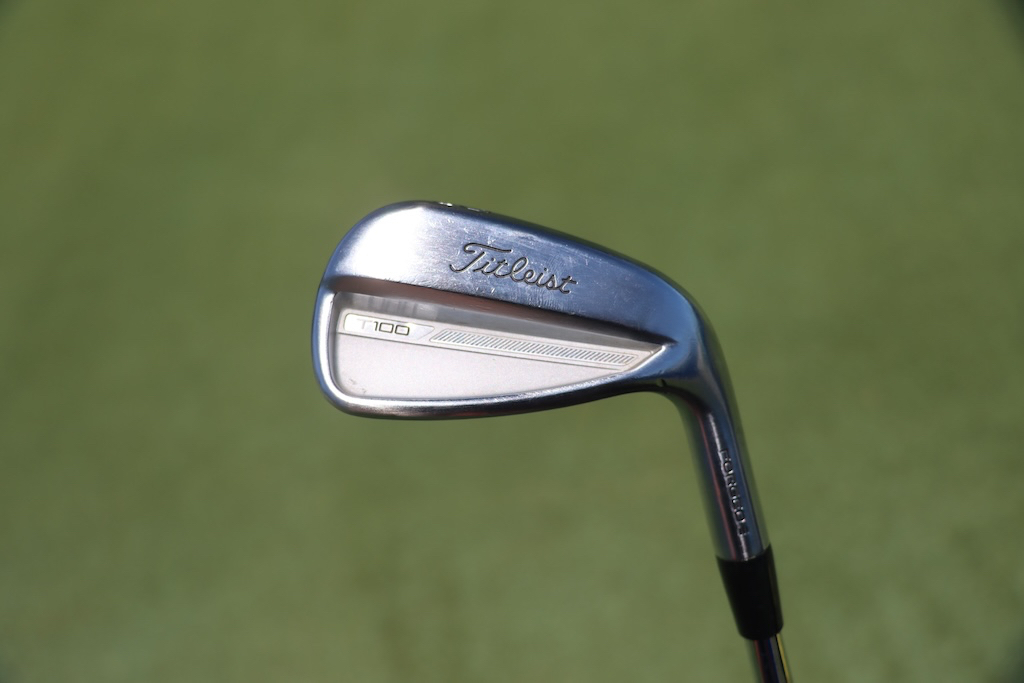
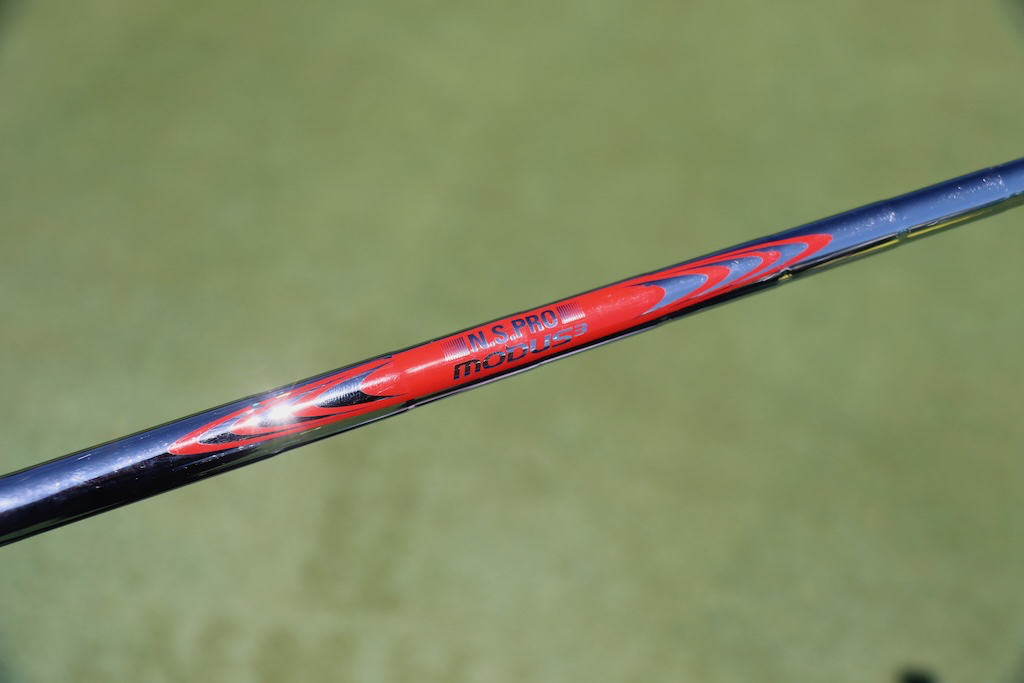
Wedges: Titleist Vokey Design SM10 (50-12F, 56-12D, 60-08M)
Shafts: Nippon N.S. Pro Modus 3 Tour 120 X
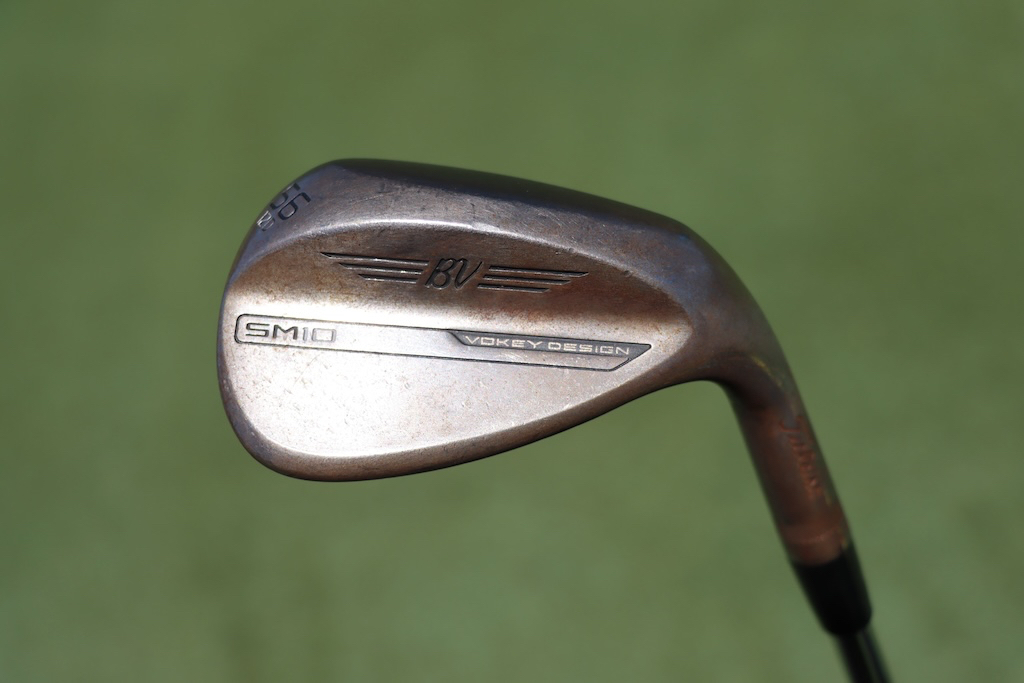
Putter: Bettinardi SS16 Dass
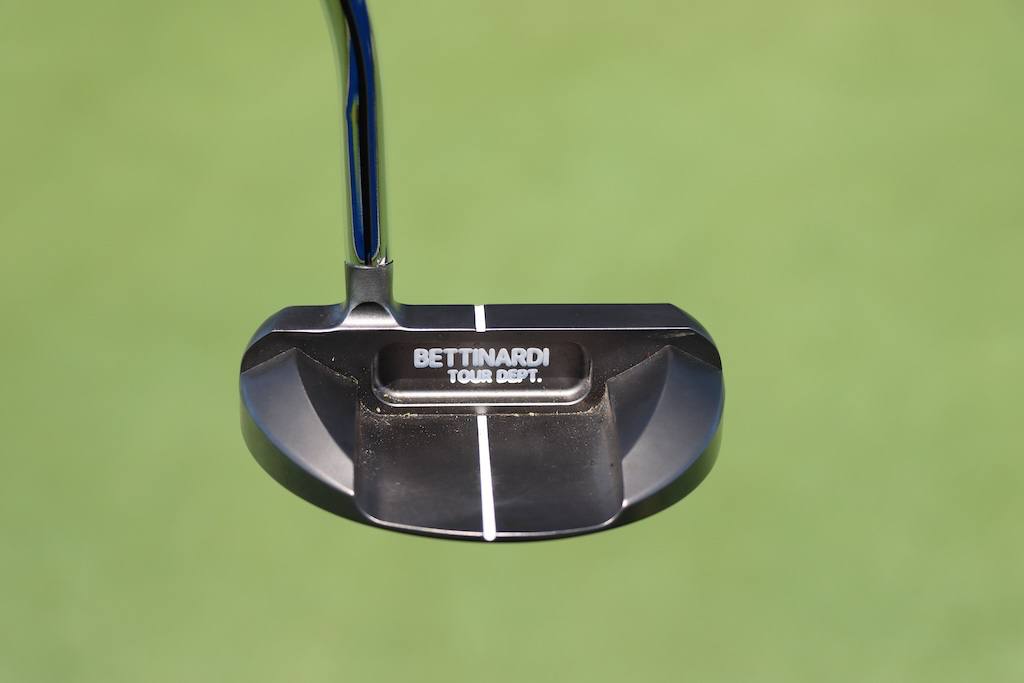
Grips: Golf Pride MCC
Check out more in-hand photos of Alex Fitzpatrick’s clubs here.
- LIKE2
- LEGIT0
- WOW0
- LOL0
- IDHT0
- FLOP0
- OB0
- SHANK0
Equipment
What’s the perfect mini-driver/shaft combo? – GolfWRXers discuss

In our forums, our members have been discussing Mini-Drivers and accompanying shafts. WRXer ‘JamesFisher1990’ is about to purchase a BRNR Mini and is torn on what shaft weight to use, and our members have been sharing their thoughts and set ups in our forum.
Here are a few posts from the thread, but make sure to check out the entire discussion and have your say at the link below.
- PARETO: “New BRNR at 13.5. Took it over to TXG (Club Champ but TXG will always rule) in Calgary for a fit. Took the head down to 12, stuck in a Graphite Design AD at 3 wood length and 60g. Presto- numbers that rivaled my G430Max but with waaaaay tighter dispersion. Win.”
- driveandputtmachine: “Still playing a MIni 300. The head was only 208, so I ordered a heavier weight and play it at 3 wood length. I am playing a Ventus Red 70. I play 70 grams in my fairways. I use it mainly to hit draws off the tee. When I combine me, a driver, and trying to hit a draw it does not work out well most of the time. So the MIni is for that. As an aside, I have not hit the newest BRNR, but the previous model wasn’t great off the deck. The 300 Mini is very good off the deck.”
- JAM01: “Ok, just put the BRNR in the bag along side a QI10 max and a QI10 3 wood. A load of top end redundancy. But, I have several holes at my two home courses where the flight and accuracy of the mini driver helps immensely. Mine is stock Proforce 65 at 13.5, I could see a heavier shaft, but to normal flex, as a nice alternative.”
Entire Thread: “What’s the perfect Mini-Driver/Shaft combo? – GolfWRXers discuss”
- LIKE3
- LEGIT1
- WOW0
- LOL0
- IDHT0
- FLOP0
- OB0
- SHANK4
-

 19th Hole2 weeks ago
19th Hole2 weeks agoDave Portnoy places monstrous outright bet for the 2024 Masters
-

 19th Hole4 days ago
19th Hole4 days agoJustin Thomas on the equipment choice of Scottie Scheffler that he thinks is ‘weird’
-

 19th Hole2 weeks ago
19th Hole2 weeks agoTiger Woods arrives at 2024 Masters equipped with a putter that may surprise you
-

 19th Hole4 days ago
19th Hole4 days ago‘Absolutely crazy’ – Major champ lays into Patrick Cantlay over his decision on final hole of RBC Heritage
-

 19th Hole2 weeks ago
19th Hole2 weeks agoTwo star names reportedly blanked Jon Rahm all week at the Masters
-

 19th Hole1 week ago
19th Hole1 week agoReport: LIV Golf identifies latest star name they hope to sign to breakaway tour
-

 19th Hole2 weeks ago
19th Hole2 weeks agoNeal Shipley presser ends in awkward fashion after reporter claims Tiger handed him note on 8th fairway
-

 19th Hole1 week ago
19th Hole1 week agoBrandel Chamblee has ‘no doubt’ who started the McIlroy/LIV rumor and why

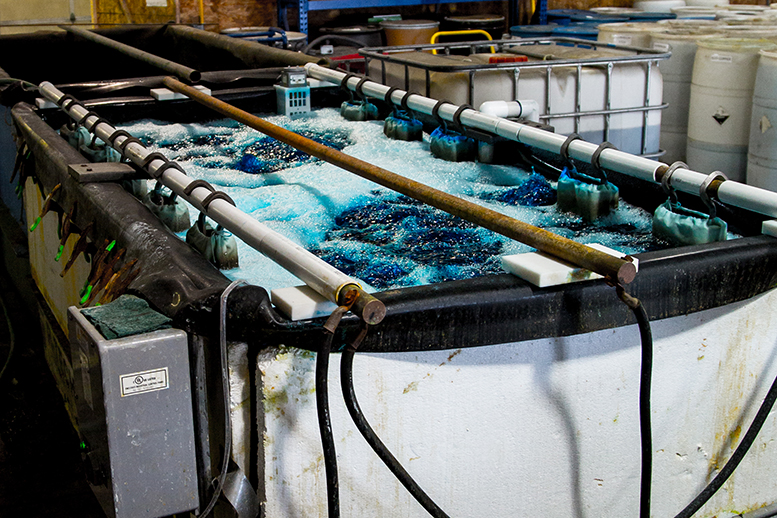










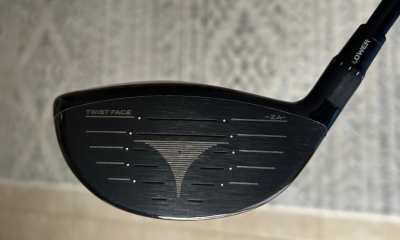

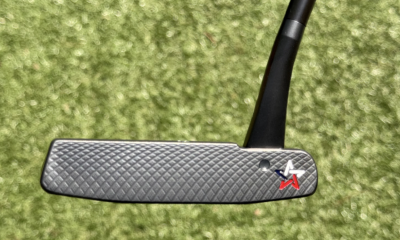










joro
May 22, 2020 at 7:23 pm
I can’t tell you how many came in my shop with the tip like this from trying to take a Graphite shaft out with a torch and twisting it till they ruin it. Most of them do not want to pay the price for a new one so my correction would be to cut off the ruined part, reset it and put a Graphite extender in. Of course that affects the flex a bit, but not that much and of course I would explain it all before doing it. In a Wedge though I don’t think it is that bad because wedges are stiff anyway. If they do want a new one you can save the old and use it for another ruined club. The longer the better. I know some will criticize me but I worked with Several Graphite Companies and club companies and they say most of the shafts are not the same anyway. Callaway once told me all the shafts were basically stiff no mater what the label said. It is not that precise.
Benny
May 21, 2020 at 1:21 pm
Well said and agree. I just about ruined a set of Steelfiber Player Spec shafts. Super rare and expensive.
Completely ruined Recoil wedge shafts.
stanley
May 21, 2020 at 10:35 am
love these series. I am trying to get into a little bit of club builing. thanks for the info.